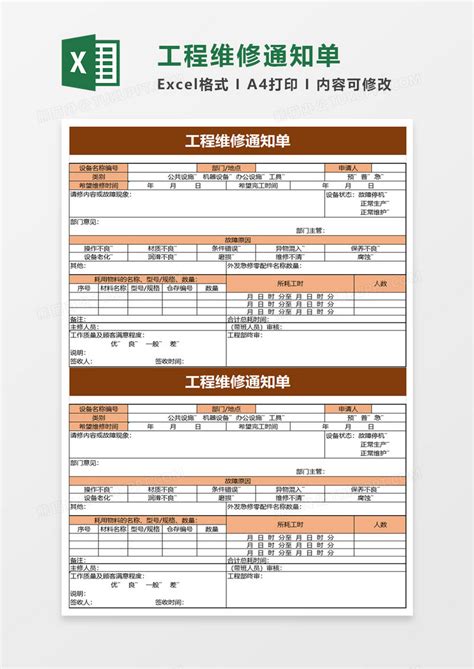办公设备维修记录表
```html
Office Equipment Maintenance Form
Office equipment plays a crucial role in the smooth functioning of any workplace. To ensure optimal performance and longevity, regular maintenance is essential. Below is a comprehensive maintenance form to guide you through the process:
- Equipment Type: [Type of equipment, e.g., Printer, Scanner, Copier]
- Make/Model: [Manufacturer and model name/number]
- Serial Number: [Equipment's serial number]

Specify the maintenance tasks required for each equipment type. This may include:
- Regular cleaning of internal and external components
- Checking and refilling consumables such as ink or toner
- Inspecting for any signs of wear and tear
- Calibration of sensors and mechanisms
- Software updates and firmware upgrades
Outline a schedule for performing maintenance tasks. This could be:
- Weekly
- Biweekly
- Monthly
- Quarterly
- Annually
Assign specific individuals or teams responsible for conducting maintenance tasks. Ensure they are adequately trained and have access to necessary resources.
Maintain a log to record each maintenance activity. Include details such as:
- Date and time of maintenance
- Tasks performed
- Any issues identified
- Parts replaced, if any
- Signature of the technician
Provide guidelines for handling equipment malfunctions or breakdowns. Include contact information for technical support or service providers.
Encourage users to provide feedback on equipment performance and maintenance procedures. Use this feedback to continuously improve the maintenance process.
A wellmaintained office equipment ensures uninterrupted workflow and prolongs the lifespan of your investments. By following this maintenance form and adhering to the schedule, you can minimize downtime and optimize productivity in your workplace.